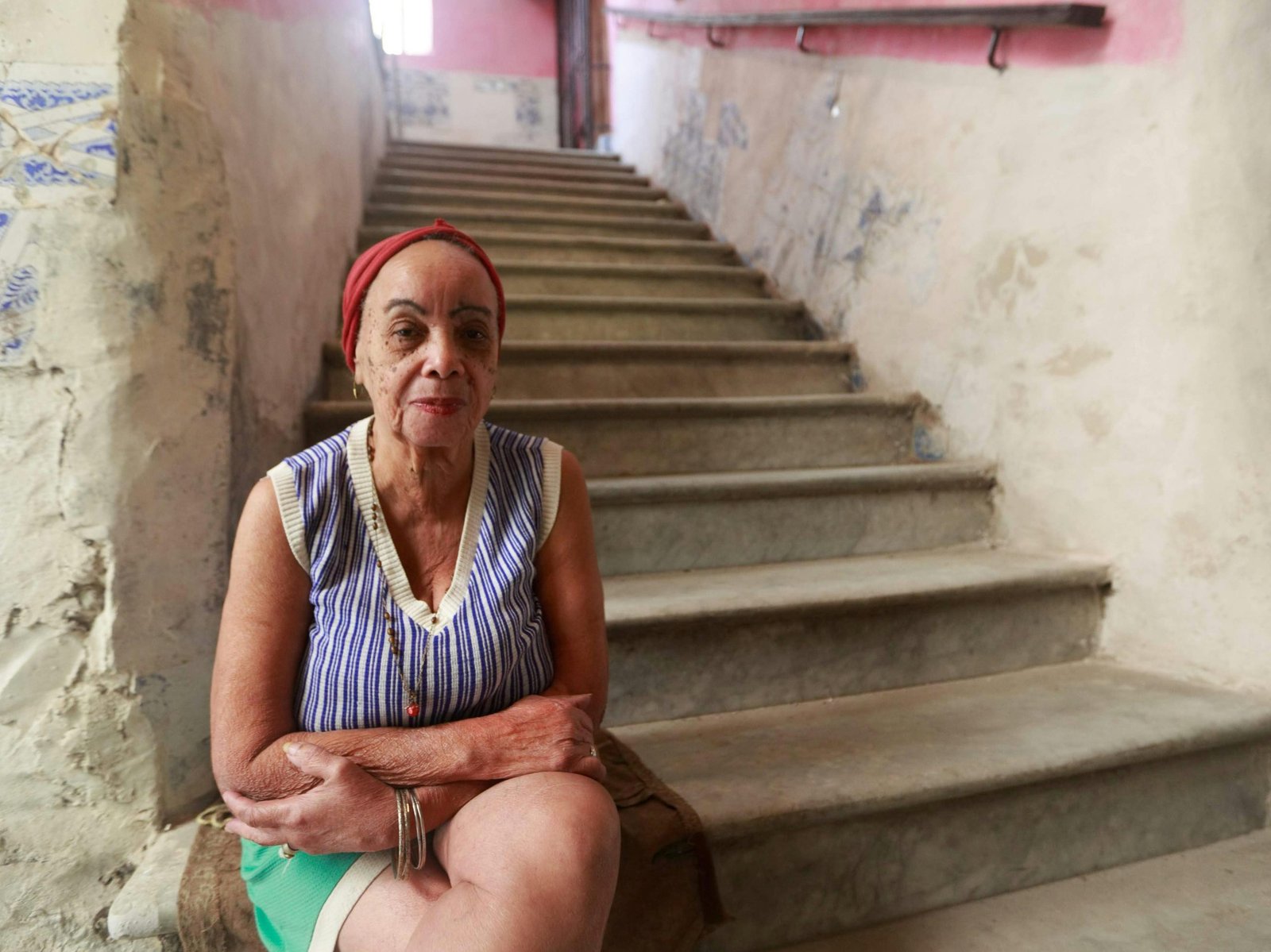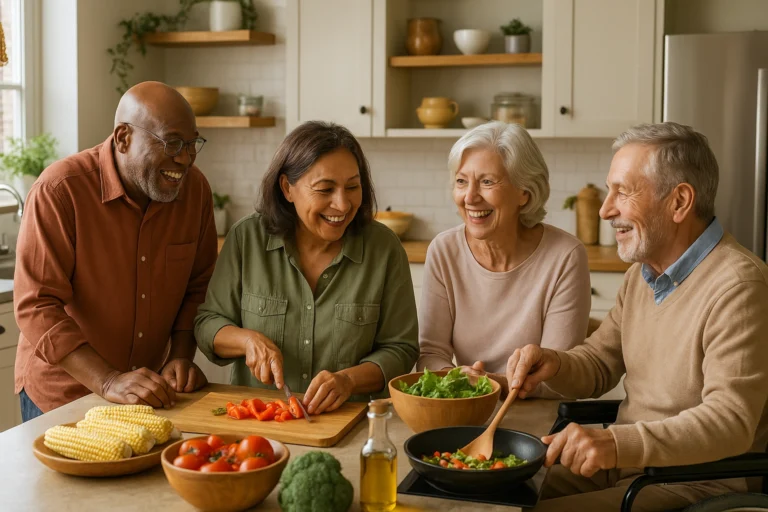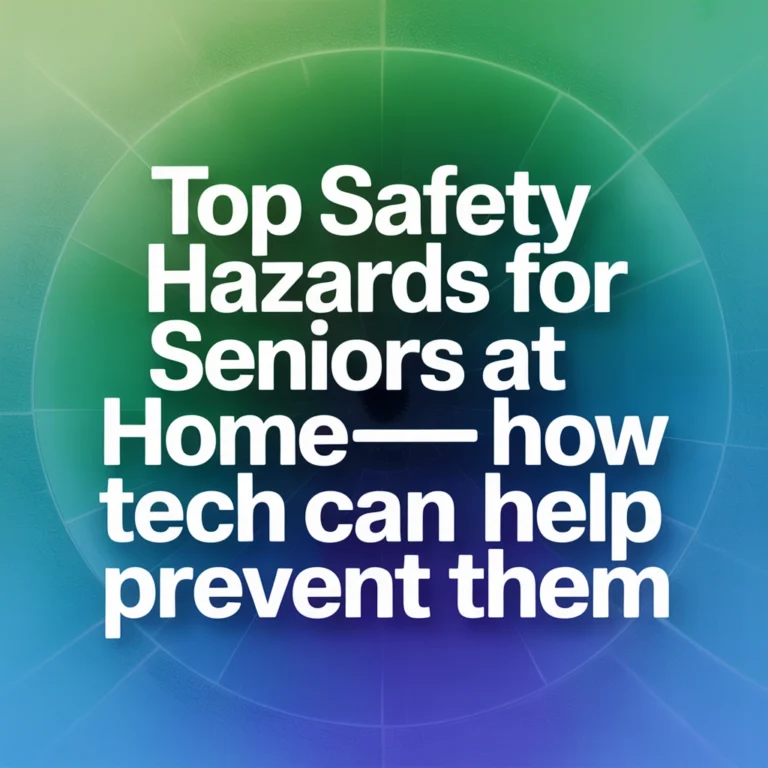Ensuring stair safety is crucial for seniors, as falls are a leading cause of injury among older adults. Safe stairs can prevent accidents and promote independence. This article explores the best practices for stair safety for seniors, including modifications, assistive devices, and habits that can make a significant difference. Plus, discover how the SeniorThrive app can help keep your loved ones safe.
The Importance of Stair Safety for Seniors

Falls are the leading cause of both fatal and non-fatal injuries among older adults. According to the Centers for Disease Control and Prevention (CDC), one out of four seniors falls each year, but less than half tell their doctor. Falls can lead to serious injuries such as hip fractures, head trauma, and even increase the risk of early death.
Stairs, in particular, pose a significant risk due to their inherent design and the physical effort required to navigate them. As we age, balance, vision, and muscle strength changes can make stair navigation more challenging. Therefore, adopting measures that enhance stair safety for seniors is crucial.
Assessing Stair Safety for Seniors
The first step in improving stair safety is to thoroughly assess the stairs in your home or the home of a loved one. Here are some key aspects to consider:
- Lighting: To prevent missteps, ensure that staircases are well-lit. Install bright, non-glare lighting at the top and bottom of the stairs and consider nightlights or motion-sensor lights.
- Handrails: Sturdy handrails on both sides of the staircase provide necessary support. Ensure they are at a comfortable height and securely fastened.
- Stair Treads: Non-slip treads or carpets can reduce the risk of slipping. Ensure that the carpeting is securely attached and not frayed or loose.
- Steps: All steps should be of the same height and depth. Only some steps can cause tripping. Consider marking the edges of the steps with contrasting tape to enhance visibility.
The SeniorThrive app can assist in conducting these assessments using Vision AI to identify potential risks and suggest practical solutions tailored to your home.
Modifications to Improve Stair Safety for Seniors

Several modifications can be made to enhance the safety of stairs for seniors:
- Stair Lifts: Stairlifts are a popular solution for seniors with mobility issues. They are motorized chairs that move along a rail mounted to the stairs. Stair lifts can significantly reduce the risk of falls and allow seniors to maintain independence.
- Ramps: Installing a ramp can be a practical solution for seniors who use wheelchairs or walkers. Ensure the ramp is built to standard specifications, with a gentle slope and handrails on both sides.
- Improved Lighting: Proper lighting is crucial, as mentioned earlier. Consider adding light fixtures or replacing existing bulbs with brighter, more efficient ones. Motion-sensor lights can be beneficial for those who get up frequently at night.
- Non-Slip Surfaces: Adding non-slip strips or applying a non-slip coating to the steps can provide better traction. This is especially important for outdoor stairs that may become slippery when wet.
- Step Markers: Using bright, contrasting colors to mark the edges of steps can help seniors with poor vision discern the steps more clearly.
The SeniorThrive app can provide personalized recommendations for these modifications, helping create a safer environment.
Assistive Devices for Stair Safety for Seniors

There are several assistive devices available that can enhance stair safety for seniors:
- Grab Bars: Install grab bars at the top and bottom of the staircase. These can provide additional support when transitioning from one level to another.
- Portable Handrails: Portable handrails can be used in homes where installing permanent handrails is not feasible. These can be particularly useful for narrow or spiral staircases.
- Cane or Walker: A cane or walker can provide stability for seniors who need extra support. Ensure that the cane or walker is the correct height and in good condition.
- Personal Emergency Response Systems (PERS): These devices allow seniors to call for help at the push of a button. Some systems include fall detection features, which can automatically alert emergency services if a fall is detected.
Best Practices for Seniors to Stay Safe on Stairs

In addition to making physical modifications, seniors can adopt certain habits to enhance their safety on stairs:
- Take Your Time: Rushing can increase the risk of tripping or missing a step. Encourage seniors to take their time and focus on each step.
- Use Handrails: Always use handrails when going up or down stairs. This provides stability and can prevent falls.
- Clear the Clutter: Ensure that stairs are free of objects such as shoes, books, or other items that can cause tripping.
- Wear Proper Footwear: Non-slip, supportive shoes can provide better traction and reduce the risk of slipping. Avoid loose or ill-fitting shoes.
- Exercise Regularly: Strengthening exercises can improve balance and coordination, critical for safe stair navigation. Encourage seniors to engage in walking, tai chi, or balance exercises.
Resources for Further Information
For more detailed information on stair safety and fall prevention, consider visiting the following reputable sources:
Conclusion
Stair safety is a vital aspect of home safety for seniors. Seniors can significantly reduce their risk of falls by conducting a thorough assessment, making necessary modifications, using assistive devices, and adopting safe habits. The SeniorThrive app can help by providing tailored recommendations, monitoring wellness, and integrating with emergency response systems. Ensuring a safe stair environment promotes independence and enhances the quality of life for older adults. For more information and resources, visit the links provided above and take proactive steps to create a safer home environment for you or your loved ones.



